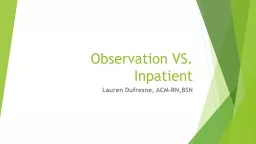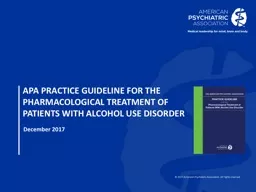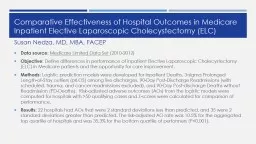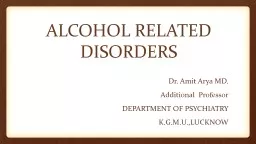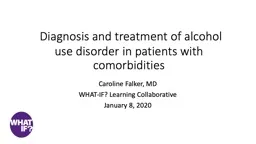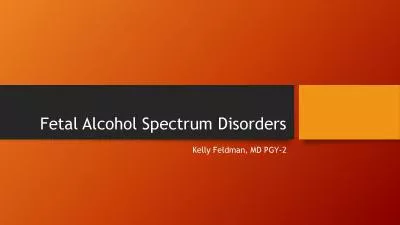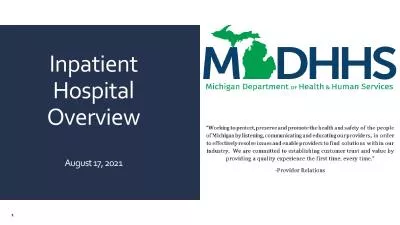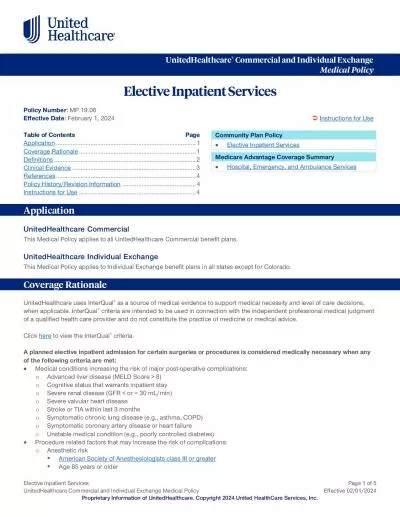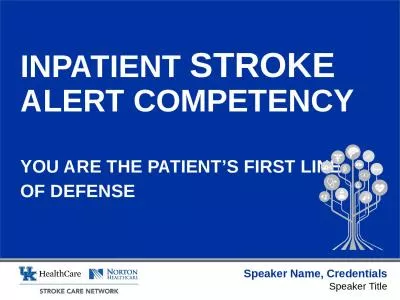PPT-Inpatient Treatment of Alcohol Use Disorders:
Author : davies | Published Date : 2022-06-20
Incorporating Medications and Motivational Interviewing Jennie Wei MD MPH Gallup Indian Medical Center Gallup NM Assistant Clinical Professor of Medicine University
Presentation Embed Code
Download Presentation
Download Presentation The PPT/PDF document "Inpatient Treatment of Alcohol Use Diso..." is the property of its rightful owner. Permission is granted to download and print the materials on this website for personal, non-commercial use only, and to display it on your personal computer provided you do not modify the materials and that you retain all copyright notices contained in the materials. By downloading content from our website, you accept the terms of this agreement.
Inpatient Treatment of Alcohol Use Disorders:: Transcript
Download Rules Of Document
"Inpatient Treatment of Alcohol Use Disorders:"The content belongs to its owner. You may download and print it for personal use, without modification, and keep all copyright notices. By downloading, you agree to these terms.
Related Documents

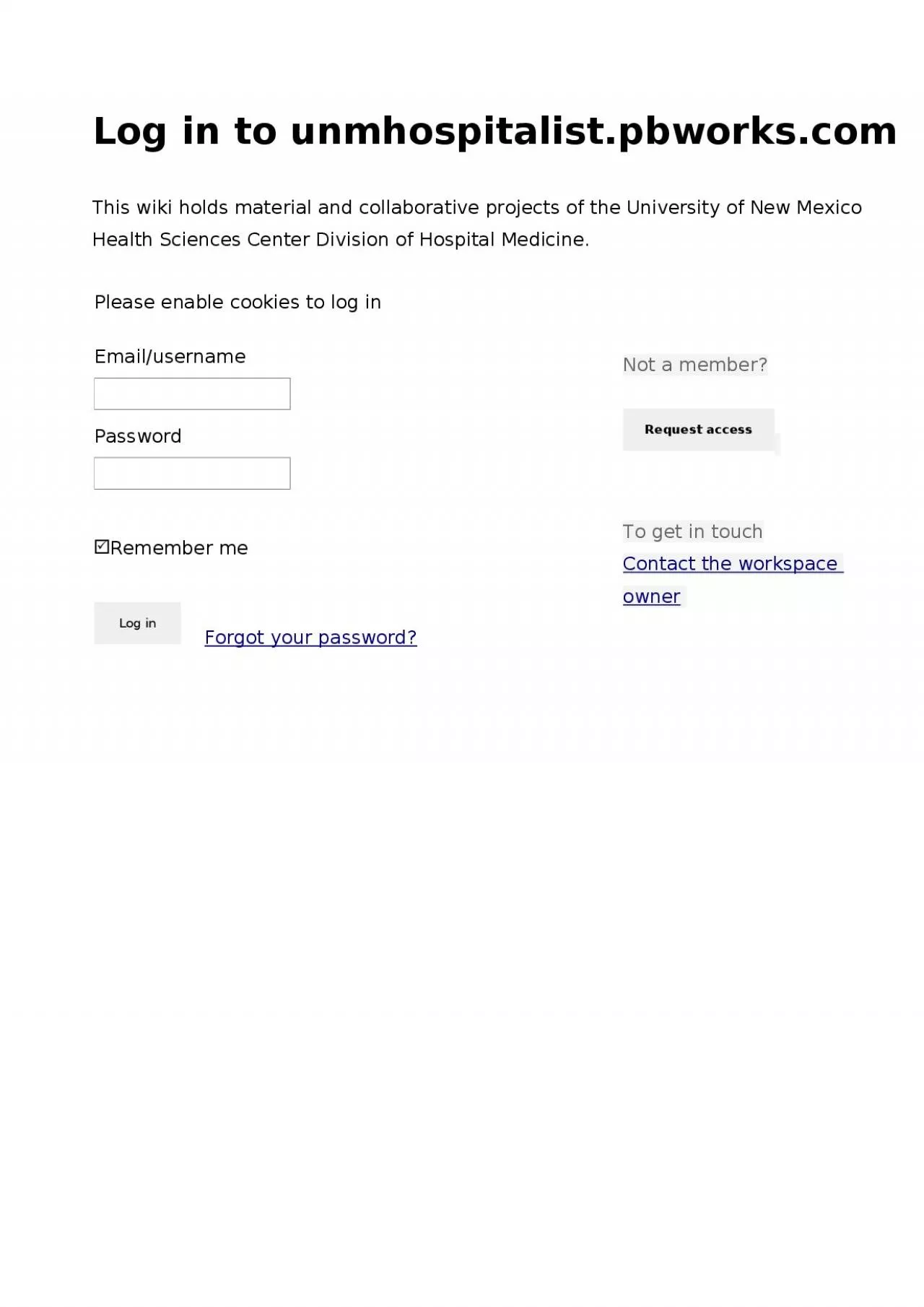
![[EBOOK] - Inpatient Obstetric Nurse Exam Secrets Study Guide: Inpatient Obstetric Test](https://thumbs.docslides.com/902331/ebook-inpatient-obstetric-nurse-exam-secrets-study-guide-inpatient-obstetric-test-review-for-the-inpatient-obstetric-nurse-exam.jpg)
